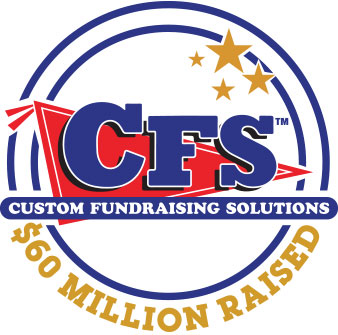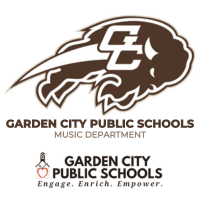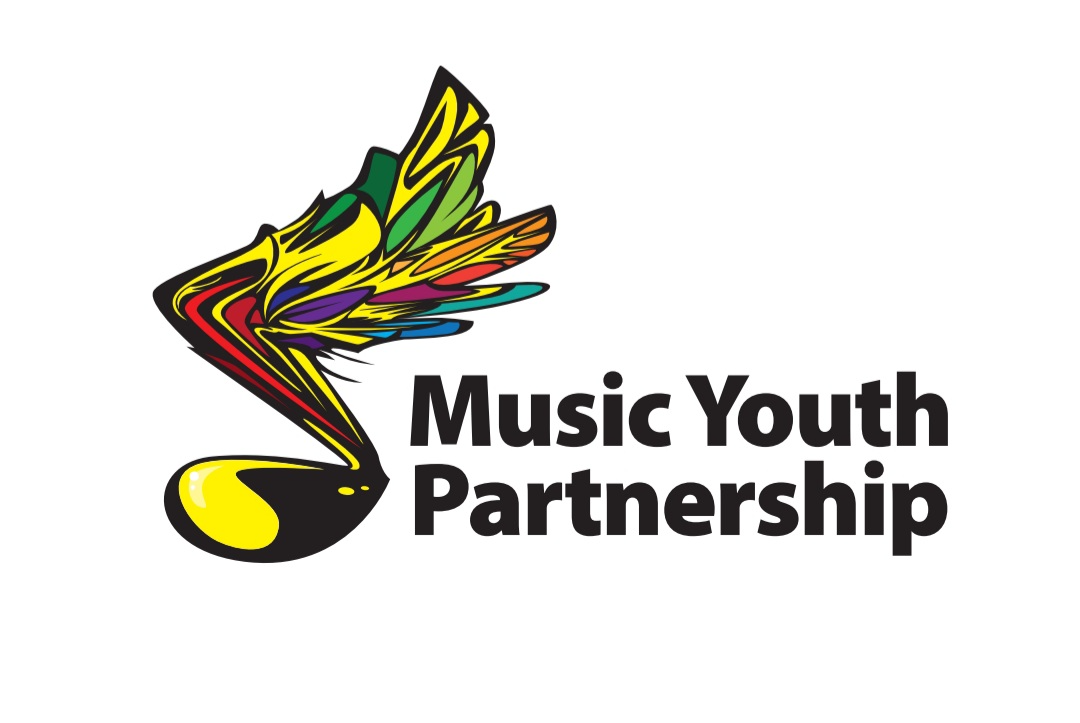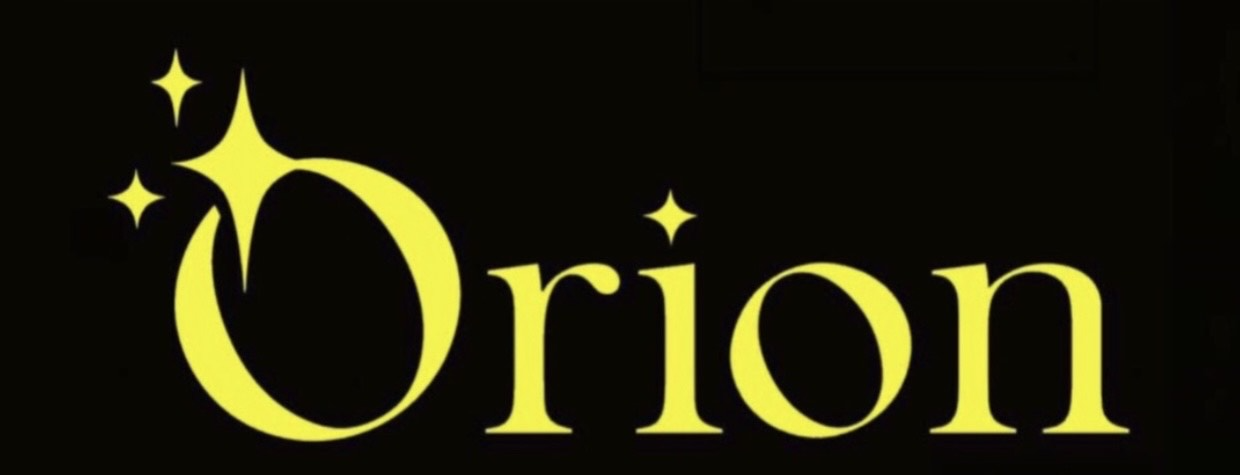
Today’s jazz market contains a multitude of new arrangements and compositions for middle and high school jazz ensembles. The majority of new literature features digital recordings and electronic scores readily available for listening and viewing. If you are looking for charts to perform at festivals or school concerts, there are a number of arrangements of classic jazz standards that feature new treatments of original compositions.
These arrangements are great for jazz festivals. They provide your students with a comprehensive and aural perspective on the different historical periods and artists of jazz. If you are in a smaller district or your instrumentation is filled with non-traditional instruments, there are specific series written for both middle and high school level jazz ensembles that contains parts for flute, clarinet, tuba, French horn, and baritone. One series that works well for smaller instrumentation is the “Little Big Band Series.” These arrangements are written for a 10-piece jazz ensemble. The instrumentation usually consists of 3 saxes (sometimes 4), 1 trumpet (sometimes 2), 1 trombone, and rhythm section. However, just like any chart, please make sure you have access to a recording and a score for these arrangements. Some of these charts can be very difficult, and can really expose the weakness of your ensemble.
Remember, difficult to professional charts are written for professional ensembles. Charts arranged and composed by Gordon Goodwin, John Clayton, Sammy Nestico, Mike Crotty, Tom Kubis, Maria Schneider, John Fedchock, and Bob Brookmeyer are usually written for their own professional ensembles. Don’t become sensationalized by the great performances of these charts. Professional players can make these charts sound easy, but they’re not!
When searching for charts for your jazz ensemble, familiarize yourself with a number of accomplished composers and arrangers. Become familiar with their writing styles and their historical contributions. Many of them like to compose and arrange music in a specific style. For instance, Michael Phillip Mossman, Erik Morales, Les Sabina and Victor Lopez write in the Latin style. Mike Tomaro has written a number of great charts featuring classic jazz standards. It is important to make sure you find arrangers and composers that generally suit your ensembles ability. This way you know who to look for when searching for a specific style of chart. Also don’t forget about the value and significance of important classic pieces from bands such as Duke Ellington, Count Basie, Stan Kenton, Woody Herman, and others. These are great learning tools for all levels.
Be careful when listening to recordings. The majority of recordings you listen to for new jazz ensemble literature have been recorded by college and professional groups.
Also, they may not contain the entire piece. Sample scores or sound recordings may be incomplete. Plus, demo recordings from publishers may not offer a recording for every new jazz chart. Some publishing companies may only provide portions of a chart, which appear easy and playable for most high school bands. However, once receiving the chart, you may find that there are additions that did not appear on the sample recording that now makes the chart unplayable for your group.
There are two types of grading systems used by publishing companies. One is a numeric type system (1-6) with 1 being the easiest and 6 being the hardest, and the other is a graded system using (1) easy, (2) medium easy, (3) medium, (4) medium advanced to difficult, (5) advanced to difficult, (6) difficult to professional. The problem with both of the rating systems is that they are inconsistent. There are times when a graded chart can be much more difficult that its rating. What is considered medium at one publishing company could mean 3, 3+ or even a 4 at another company. This is why you want to make sure you listen to a recording of the piece and look at the score. You will have a better indication of the piece whether it is playable or not.
Never purchase a chart based upon its sample recording. Always make sure that you have a score and full recording to evaluate before buying any chart. And make sure you buy a variety of different styles and tempos. A well-educated band is acquainted with all styles, including bebop, rock, swing, ballad, funk, and Latin. You may want to consider purchasing a feature for one of your strongest players. Variety is the key to maintain students’ interest and willingness to grow. Also order charts for the coming year based on your foreseeable strong points. When participating at jazz festivals, listen and write down arrangements that other bands are performing that may be playable by your ensemble. Furthermore, when participating in jazz festivals avoid pop tunes!!!! Select music that is appropriate! Plan your program!
Suggested Publishing Companies
- Alfred Publishing Company
- Hal Leonard Publishing Company
- Sierra Music Publishing Company
- Advanced (Walrus) Music Publishing Company
- Kendor Music Publishing Company
- CPP Belwin Music Publishing Company
- L. Barnhouse Music Company
- Matrix Music Company
- FJH Music Company
- Neil A. Kjos Music Company
- Doug Beach Music
- UNC Jazz Press
- Warner Brothers Music Publication
Suggested Jazz Resource Companies
- Jamey Aebersold Publications
- Amazon
- Kendor Music Publishing Company
- Hal Leonard Music Publishing Company
- Cherry Lane Music Company
- Marina Music Service
- Mel Bay Publications
- J.W. Peppers Music Company
- Pender’s Music Company
- Second Floor Music























